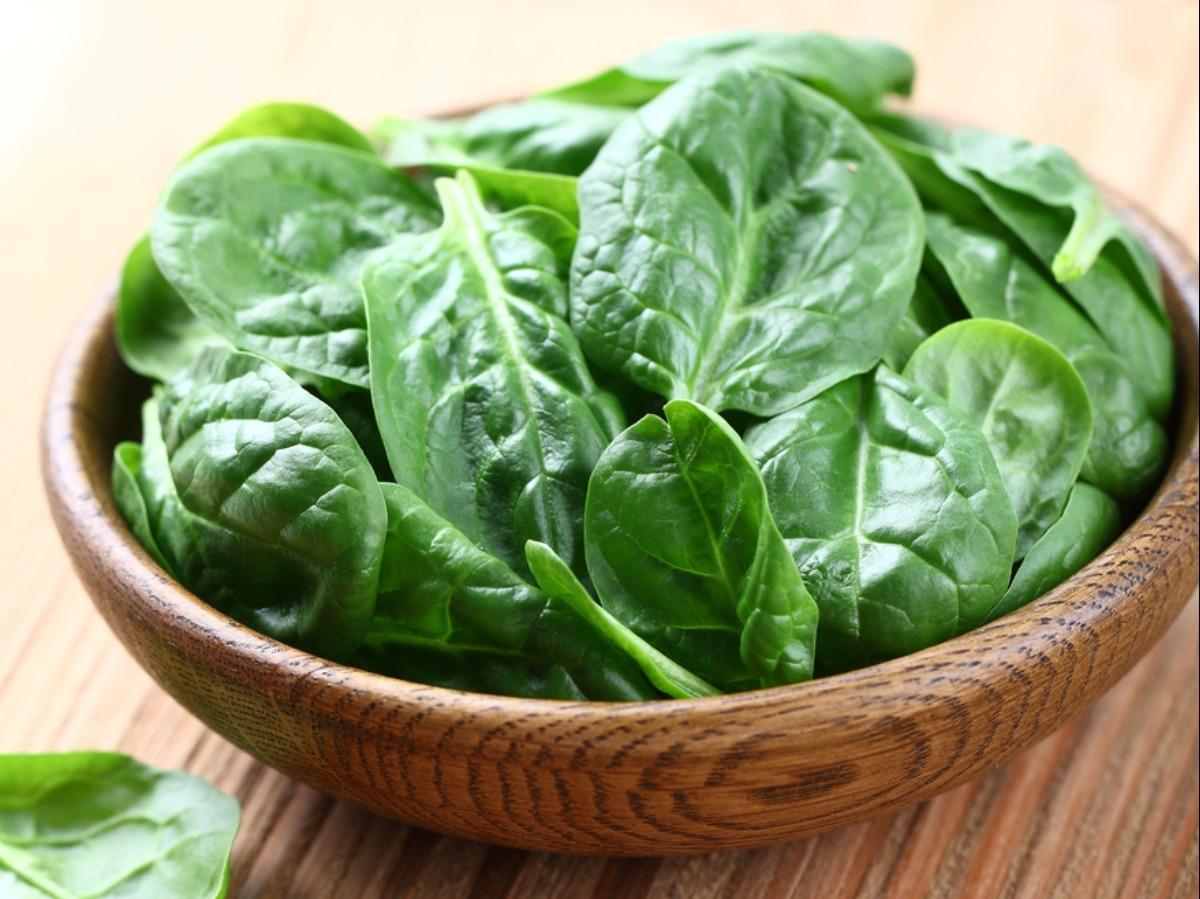

Articles
How To Store Baby Spinach
Modified: October 28, 2024
Learn the best methods for storing baby spinach to keep it fresh. Discover helpful tips and techniques in this comprehensive article.
(Many of the links in this article redirect to a specific reviewed product. Your purchase of these products through affiliate links helps to generate commission for Storables.com, at no extra cost. Learn more)
Introduction
When it comes to maintaining a healthy diet, incorporating leafy greens like baby spinach is a fantastic choice. Packed with essential vitamins, minerals, and antioxidants, baby spinach offers a wide range of health benefits. However, to fully enjoy the nutritional value and flavor of baby spinach, it is crucial to store it correctly.
Proper storage not only helps to maintain the freshness and crispness of baby spinach but also extends its shelf life. In this article, we will delve into the importance of storing baby spinach properly and provide you with useful tips and techniques to ensure its longevity and quality.
Whether you purchase baby spinach from a local farmer’s market or a grocery store, proper storage is essential to preserve its nutritional value and prevent spoilage. By following the right techniques, you can extend the shelf life of baby spinach, ensuring that you always have fresh and vibrant greens available for your meals.
Additionally, adequate storage techniques can help you save money by avoiding unnecessary wastage. There is nothing more frustrating than throwing away a bag of wilted and slimy baby spinach because it was not stored properly. With a little bit of knowledge and effort, you can prevent such situations and make the most out of your baby spinach purchase.
In the following sections, we will discuss the importance of selecting the right packaging for baby spinach, storing it in the refrigerator, properly washing and drying, and even freezing it for long-term storage. By the end of this article, you will have all the necessary information to store your baby spinach properly and enjoy its freshness for as long as possible.
So, let’s dive in and learn how to store baby spinach to maintain its quality, taste, and nutritional value!
Key Takeaways:
- Store baby spinach in airtight containers or specialized vegetable storage bags to retain its nutritional value, prevent spoilage, and extend its shelf life, saving you money and ensuring convenience.
- Properly wash, dry, and freeze baby spinach to maintain its freshness and vibrant green color, allowing you to enjoy this nutritious leafy green for up to 12 months while minimizing waste.
Read more: How To Store Fresh Spinach
Importance of Properly Storing Baby Spinach
Properly storing baby spinach is essential to maintain its freshness, crispness, and nutritional value. Here are a few reasons why it is important to store baby spinach correctly:
1. Retains Nutritional Value: Baby spinach is a nutrient-rich green leafy vegetable, packed with vitamins, minerals, and antioxidants. However, improper storage can lead to nutrient loss. By storing baby spinach properly, you can ensure that it retains its nutritional value, allowing you to reap all the health benefits it offers.
2. Prevents Spoilage: Baby spinach has a high water content, which makes it prone to wilting and spoilage. Proper storage techniques, such as storing it in the refrigerator and using the right packaging, help to maintain its freshness and prevent premature spoilage.
3. Extends Shelf Life: By storing baby spinach correctly, you can extend its shelf life. Fresh and vibrant baby spinach can last for up to a week if stored properly. This allows you to plan your meals accordingly and reduces food waste.
4. Saves Money: Wasting food is not only environmentally unsustainable but also puts a dent in your wallet. Properly storing baby spinach prevents unnecessary wastage, saving you money in the long run.
5. Ensures Quality: Proper storage techniques help to maintain the quality of baby spinach. Nobody likes limp, wilted, or slimy greens. Storing baby spinach correctly ensures that it remains crisp, tender, and visually appealing.
6. Convenience: By storing baby spinach properly, you always have a fresh supply of this nutritious green at your disposal. This makes it convenient to add baby spinach to salads, sandwiches, smoothies, or any other dish you prefer.
Remember, improper storage can result in a poor culinary experience and disappointment when it comes to consuming baby spinach. By taking the time to store it correctly, you can maximize its shelf life, maintain its quality, and enjoy the many health benefits it offers.
Now that we understand the importance of properly storing baby spinach, let’s explore the different packaging options available for preserving its freshness.
Choosing the Right Packaging for Baby Spinach
When it comes to storing baby spinach, choosing the right packaging is crucial to maintain its freshness and prevent premature spoilage. Here are some options to consider:
1. Plastic Bags: Many store-bought baby spinach comes in plastic bags or clamshell containers. These packaging options are designed to keep the leaves fresh and crisp. If you purchase baby spinach in a plastic bag, ensure that the bag is sealed properly to prevent air from entering. You can also consider transferring the spinach to a resealable plastic bag if needed.
2. Vegetable Storage Bags: These specialized bags are specifically designed to store fresh produce. They are made of breathable materials that allow air circulation while preventing excess moisture buildup. Vegetable storage bags help to prolong the freshness of baby spinach by maintaining optimal conditions for storage.
3. Storing in Containers: If you prefer a more eco-friendly option, consider storing baby spinach in reusable glass or plastic containers. These containers provide protection and maintain the freshness of the leaves. Make sure to choose containers that have airtight lids to prevent air exposure.
4. Wrap in Paper Towels: An alternative method is to wrap the baby spinach in paper towels before placing them in a plastic bag or container. The paper towels help absorb excess moisture, preventing the spinach from becoming soggy and slimy. This method is particularly useful if you have bulk-buyed baby spinach or if you want to portion it out for future use.
5. Vacuum Seal Bags: If you have a vacuum sealer, you can use it to store baby spinach. Vacuum-sealed bags remove the air from the packaging, creating an airtight environment that preserves the freshness of the spinach for an extended period.
When choosing the packaging for storing baby spinach, consider factors such as convenience, sustainability, and personal preference. Whichever option you choose, make sure it provides adequate protection from moisture and air exposure.
Remember to label your packaging with the date of purchase or storage. This way, you can keep track of the freshness and rotation of your baby spinach stock, ensuring that you use the oldest leaves first.
Now that you know how to choose the right packaging for baby spinach, let’s move on to the next step: storing baby spinach in the refrigerator.
Storing Baby Spinach in the Refrigerator
Refrigeration is the most effective method for storing baby spinach as it helps to maintain its freshness and slow down the process of wilting. Follow these steps to store baby spinach in the refrigerator:
1. Check for Freshness: Before storing baby spinach, inspect the leaves for any signs of wilting, yellowing, or sliminess. Discard any damaged or spoiled leaves as they can speed up the deterioration of the rest of the spinach.
2. Rinse if Necessary: If your baby spinach needs washing, gently rinse the leaves under cold water to remove any dirt or debris. Be careful not to soak the leaves for too long as excess moisture can lead to spoilage.
3. Pat Dry: After rinsing, gently pat the baby spinach dry using a clean kitchen towel or salad spinner. Removing excess moisture helps to prevent the leaves from becoming slimy and extends their shelf life.
4. Prep for Storage: Once the baby spinach is dry, you can choose to store it as a whole bunch or portion it into smaller quantities. Storing in smaller portions allows for easy meal preparation and reduces the chances of contamination when retrieving spinach from the refrigerator.
5. Choose an Airtight Container: Place the baby spinach in an airtight container, such as a plastic container or a resealable bag, ensuring there is minimal air inside. This prevents moisture and odors from entering, keeping the spinach fresh for a longer time.
6. Store in the Refrigerator: Find a dedicated spot in your refrigerator to store the baby spinach. The ideal temperature range for storing baby spinach is between 35°F to 40°F (2°C to 4°C). Avoid placing the container near the refrigerator door or in areas with frequent temperature fluctuations.
7. Avoid Cross Contamination: Store baby spinach away from raw meats, seafood, or other high-moisture fruits and vegetables. This helps to prevent cross-contamination and maintains the freshness of the spinach.
8. Rotate and Consume: Baby spinach is best consumed within the first week of refrigeration. To optimize freshness, rotate your supply by using the oldest leaves first and replenishing with new ones.
By following these steps, you can ensure that your baby spinach stays fresh and crisp for as long as possible. Remember that each refrigerator may vary in temperature and humidity levels, so it’s essential to monitor the condition of the spinach regularly.
Now that you know how to store baby spinach in the refrigerator, it’s time to learn about properly washing and drying the leaves before consumption.
Store baby spinach in a clean, airtight container lined with paper towels to absorb excess moisture. Keep it in the refrigerator’s crisper drawer and use within 3-5 days for the best quality.
Properly Washing and Drying Baby Spinach
Before consuming baby spinach, it is important to wash it thoroughly to remove any potential contaminants. Follow these steps to properly wash and dry baby spinach:
1. Prep the Washing Area: Start by ensuring that your sink or a clean basin is free from any dirt or debris. Wash your hands thoroughly with soap and water before handling the baby spinach.
2. Separate the Leaves: If your baby spinach came in a bunch, gently separate the leaves from the stems. Discard any tough stems or damaged leaves.
3. Rinse Under Cold Water: Place the baby spinach leaves in a colander or strainer and rinse them under cold running water. Gently swish the leaves around to dislodge any dirt or debris.
4. Pay Attention to Thorough Cleaning: Pay extra attention to the folds and crevices of the leaves as dirt can hide in these areas. Use your fingers to gently rub the leaves while rinsing to ensure a thorough cleaning.
5. Optional: Use a Vegetable Wash: If desired, you can use a vegetable wash to clean the baby spinach leaves. Follow the instructions on the vegetable wash product and rinse the leaves well after using it.
6. Pat Dry: After rinsing, gently pat the baby spinach leaves dry using a clean kitchen towel or a salad spinner. Removing excess moisture helps to prevent the leaves from becoming soggy and diluting their flavor.
7. Store or Use Immediately: Once the baby spinach leaves are dry, you can store them in the refrigerator using the techniques mentioned earlier, or use them immediately in your desired recipes.
8. Don’t Wash in Advance: It is not recommended to wash baby spinach in advance and store it wet. The excess moisture can accelerate spoilage and make the leaves slimy.
9. Organic Baby Spinach: If you have organic baby spinach, still rinse it under cold water as it may still have traces of dirt or other natural debris.
By following these steps, you can ensure that your baby spinach is clean and ready to be used in your culinary creations. Properly washed and dried baby spinach not only enhances the safety of your meals but also ensures a pleasant eating experience.
Now that you know how to properly wash and dry baby spinach, let’s explore how to freeze it for long-term storage.
Read more: How To Store Washed Spinach
Freezing Baby Spinach for Long-Term Storage
Freezing baby spinach is an excellent way to extend its shelf life and have a ready supply of greens for future use. Follow these steps to freeze baby spinach for long-term storage:
1. Prep the Spinach: Begin by washing the baby spinach leaves thoroughly to remove any dirt or debris. Pat the leaves dry using a clean kitchen towel or a salad spinner.
2. Blanching (Optional): Blanching helps to retain the color, texture, and nutritional value of baby spinach. Bring a pot of water to a boil and carefully immerse the leaves in the boiling water for 1 to 2 minutes. Then, transfer the blanched spinach to an ice bath to quickly cool it down and stop the cooking process. Drain the spinach well before proceeding.
3. Portion the Spinach: Divide the baby spinach into portion sizes that suit your needs. It is best to portion them in quantities that you would typically use in a single recipe or serving. This helps to avoid thawing more than necessary and reduces food waste.
4. Use Freezer Bags or Containers: Place the portioned baby spinach into freezer bags or airtight containers. Remove as much air as possible before sealing. Alternatively, you can use a vacuum sealer for airtight packaging, which helps to prevent freezer burn.
5. Label and Date: Label the bags or containers with the date of freezing to keep track of their freshness. This information will guide you when using the oldest spinach first during meal preparations.
6. Freeze: Place the filled and labeled bags or containers in the freezer. Make sure to arrange them in a flat position to maximize space and to ensure even freezing. Keep the temperature of your freezer at or below 0°F (-18°C) to maintain optimal quality.
7. Usage Guide: Frozen baby spinach can be used in cooked dishes, such as soups, stews, stir-fries, or sautés. Since the texture changes after freezing, it is not recommended for raw applications like salads or smoothies.
8. Thawing and Using Frozen Baby Spinach: When ready to use frozen baby spinach, thaw it in the refrigerator overnight or defrost it briefly in the microwave on a low setting. Drain any excess liquid before incorporating it into your recipe.
9. Storage Duration: Properly frozen baby spinach can retain its quality for up to 12 months. However, for the best flavor and texture, it is recommended to use it within 6 to 8 months.
By following these steps, you can preserve the vibrant green color and nutritional value of baby spinach for an extended period. Freezing is a great way to ensure that you always have a supply of leafy greens on hand, even when baby spinach is out of season or unavailable.
Now that you know how to freeze baby spinach for long-term storage, let’s move on to some tips for optimizing its shelf life.
Tips for Optimizing Baby Spinach Shelf Life
To maximize the shelf life of baby spinach and keep it fresh and vibrant, consider the following tips:
1. Store Unwashed: It is best to store baby spinach unwashed until you are ready to use it. Excess moisture can cause the leaves to become slimy and spoil more quickly.
2. Use Fresh Spinach: Whenever possible, choose fresh baby spinach with crisp leaves and vibrant green color. Fresh spinach has a longer shelf life compared to wilted or damaged leaves.
3. Handle with Care: Be gentle when handling baby spinach to prevent bruising or crushing the leaves. Damaged leaves deteriorate more quickly and can spoil the entire batch.
4. Separate from Ethylene-Producing Fruits: Store baby spinach away from ethylene-producing fruits like apples, bananas, and tomatoes. Ethylene speeds up the ripening process and can cause the spinach to wilt more quickly.
5. Avoid Moisture Buildup: Excess moisture can lead to spoilage. Ensure that the baby spinach is dry before storing it and remove any excess liquid from the packaging or container as needed.
6. Check Regularly: Monitor the condition of baby spinach regularly, especially if stored for an extended period. Remove any wilted or slimy leaves promptly to prevent spoilage from spreading to the rest of the batch.
7. Proper Air Circulation: Avoid overcrowding the storage container or bag, as it can restrict airflow and promote moisture buildup. Leaves need some breathing space to stay fresh and crisp.
8. Optimal Refrigerator Temperature: Maintain the temperature of your refrigerator between 35°F to 40°F (2°C to 4°C) for optimal baby spinach storage. A temperature that is too low may result in freezing, while a temperature that is too high can cause the leaves to wilt faster.
9. Use the First-In, First-Out (FIFO) Method: When storing multiple bags or containers of baby spinach, practice the “First-In, First-Out” method. Use the oldest batch first to ensure that no spinach goes to waste.
10. Plan Your Meals: Take inventory of your baby spinach stock and plan your meals accordingly. This helps to utilize the spinach before it reaches its expiration date, reducing waste and optimizing freshness.
By following these tips, you can significantly extend the shelf life of baby spinach and ensure that it remains fresh, crisp, and packed with nutrition for as long as possible. With proper storage and care, you can enjoy the benefits of this versatile leafy green in your meals.
Now that you have learned valuable tips for optimizing baby spinach’s shelf life, let’s conclude our article.
Conclusion
Properly storing baby spinach is crucial to maintain its freshness, flavor, and nutritional value. By following the steps and tips outlined in this article, you can optimize the shelf life of baby spinach and enjoy its vibrant green leaves for an extended period.
Choosing the right packaging, such as plastic bags, vegetable storage bags, or airtight containers, helps to preserve the freshness of baby spinach. Storing it in the refrigerator at an optimal temperature and away from ethylene-producing fruits ensures that it stays crisp and vibrant.
Before consuming baby spinach, it is important to wash and dry the leaves thoroughly, removing any dirt or debris. By handling the leaves with care and avoiding excess moisture, you can prevent spoilage and extend their shelf life.
If you have an abundance of baby spinach, freezing it is an excellent option for long-term storage. Blanching the leaves before freezing helps to retain their color and texture. When properly portioned and stored in airtight bags or containers, frozen baby spinach can be enjoyed for up to 12 months.
In addition, implementing tips such as storing unwashed, avoiding moisture buildup, and regularly checking the condition of baby spinach can further optimize its shelf life. By practicing the “First-In, First-Out” method and planning your meals accordingly, you can minimize waste and ensure that all your baby spinach is used before its expiration date.
So, the next time you purchase a fresh batch of baby spinach, remember to store it properly in the refrigerator, wash and dry it carefully, and consider freezing any excess for future use. By following these guidelines, you can savor the nutritional benefits and deliciousness of baby spinach in your favorite recipes for an extended period.
Now, you are equipped with the knowledge and techniques to store baby spinach correctly, preserving its quality and freshness. Enjoy incorporating this nutritious green into your meals and reap the numerous health benefits it provides!
Frequently Asked Questions about How To Store Baby Spinach
Was this page helpful?
At Storables.com, we guarantee accurate and reliable information. Our content, validated by Expert Board Contributors, is crafted following stringent Editorial Policies. We're committed to providing you with well-researched, expert-backed insights for all your informational needs.
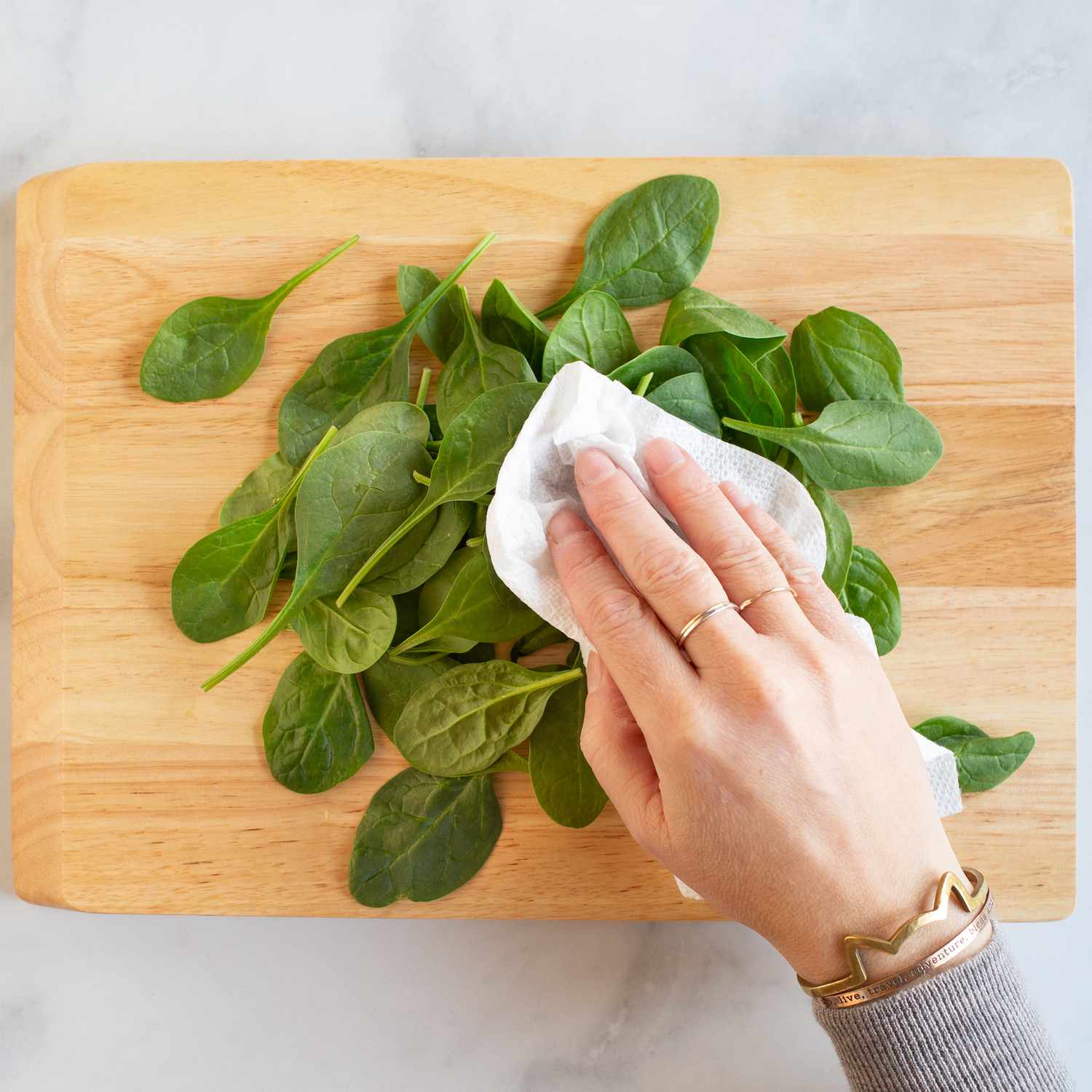
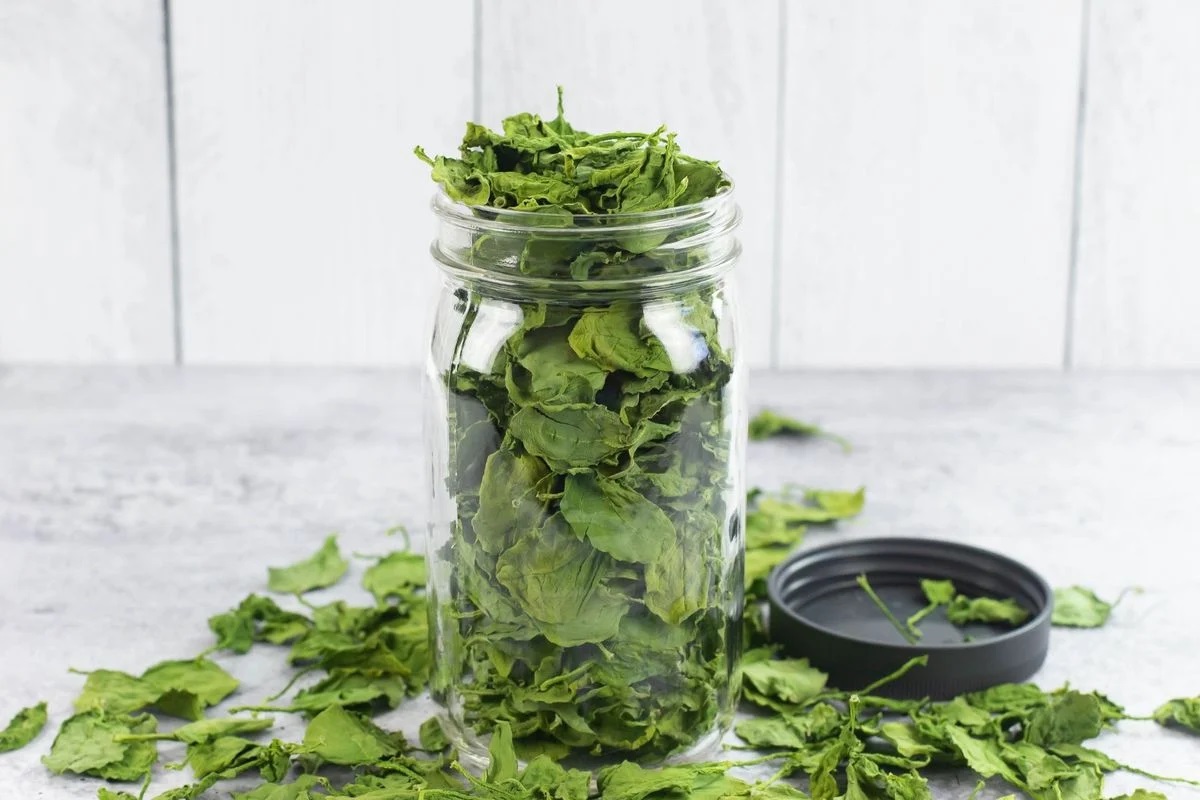
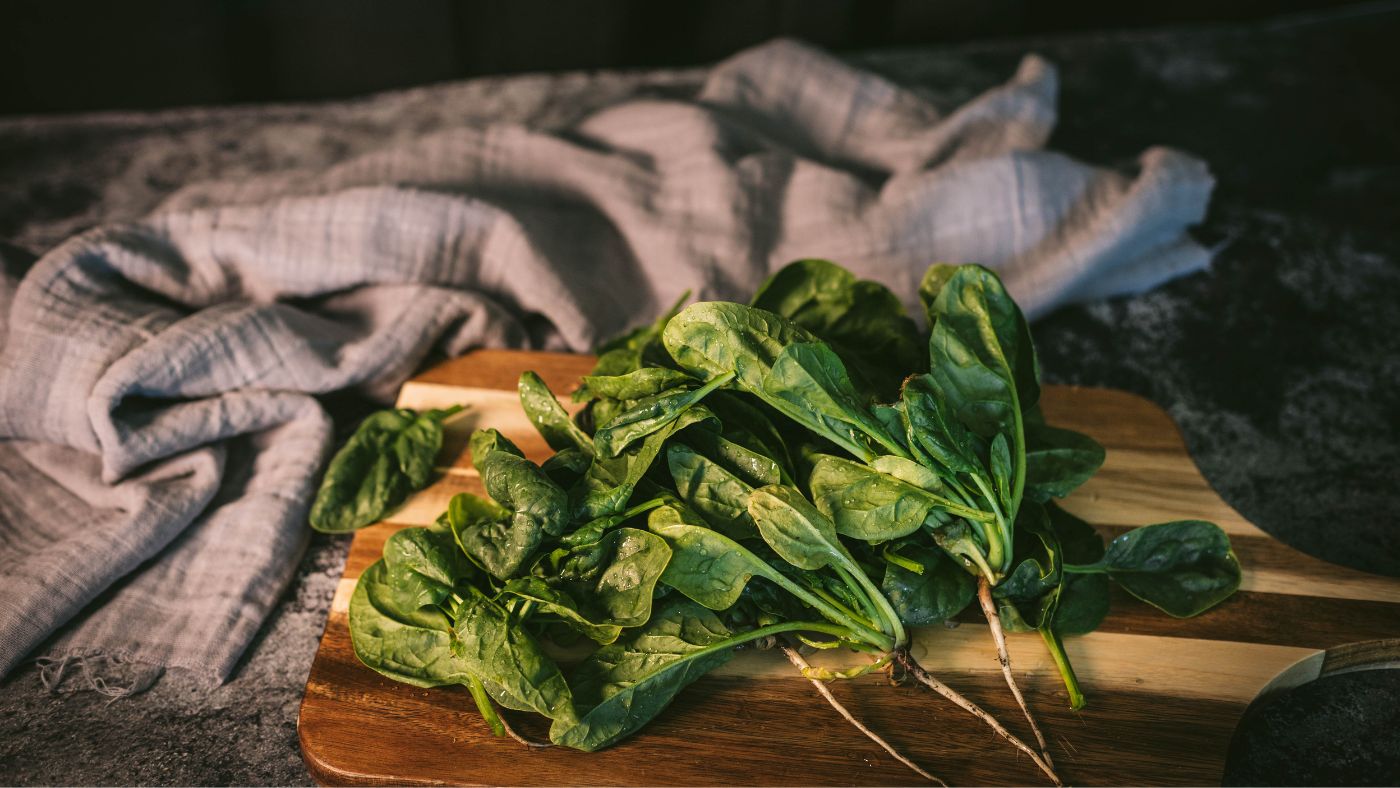
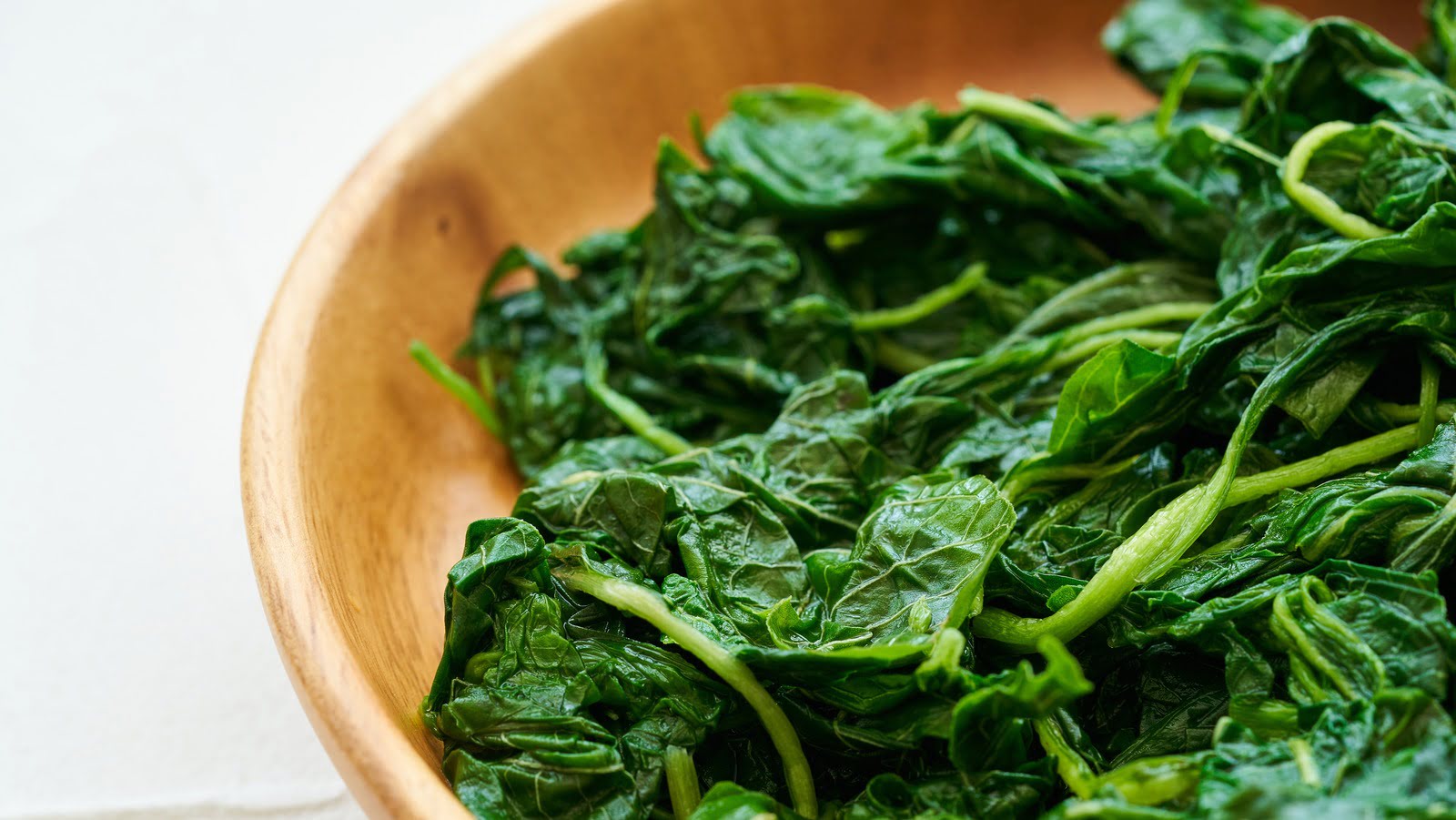
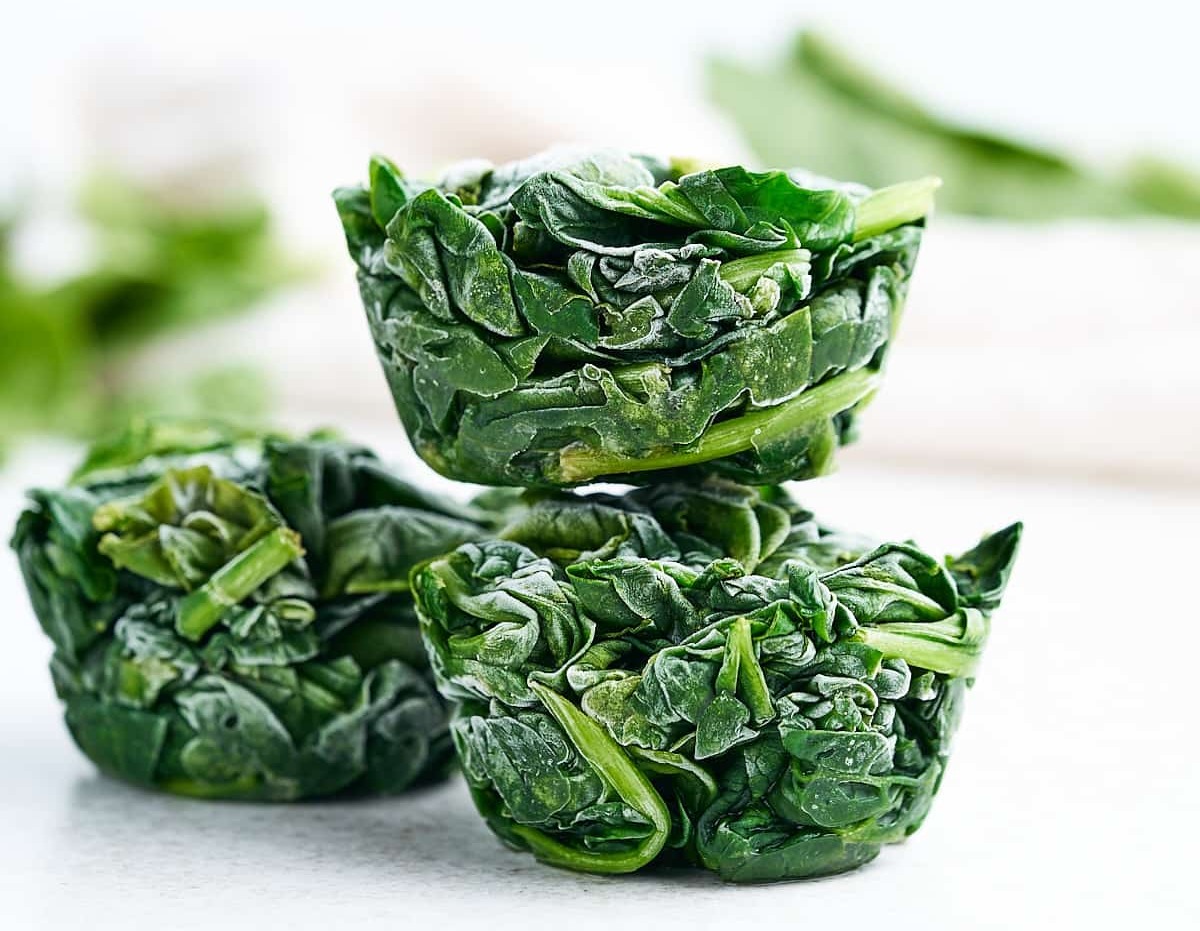
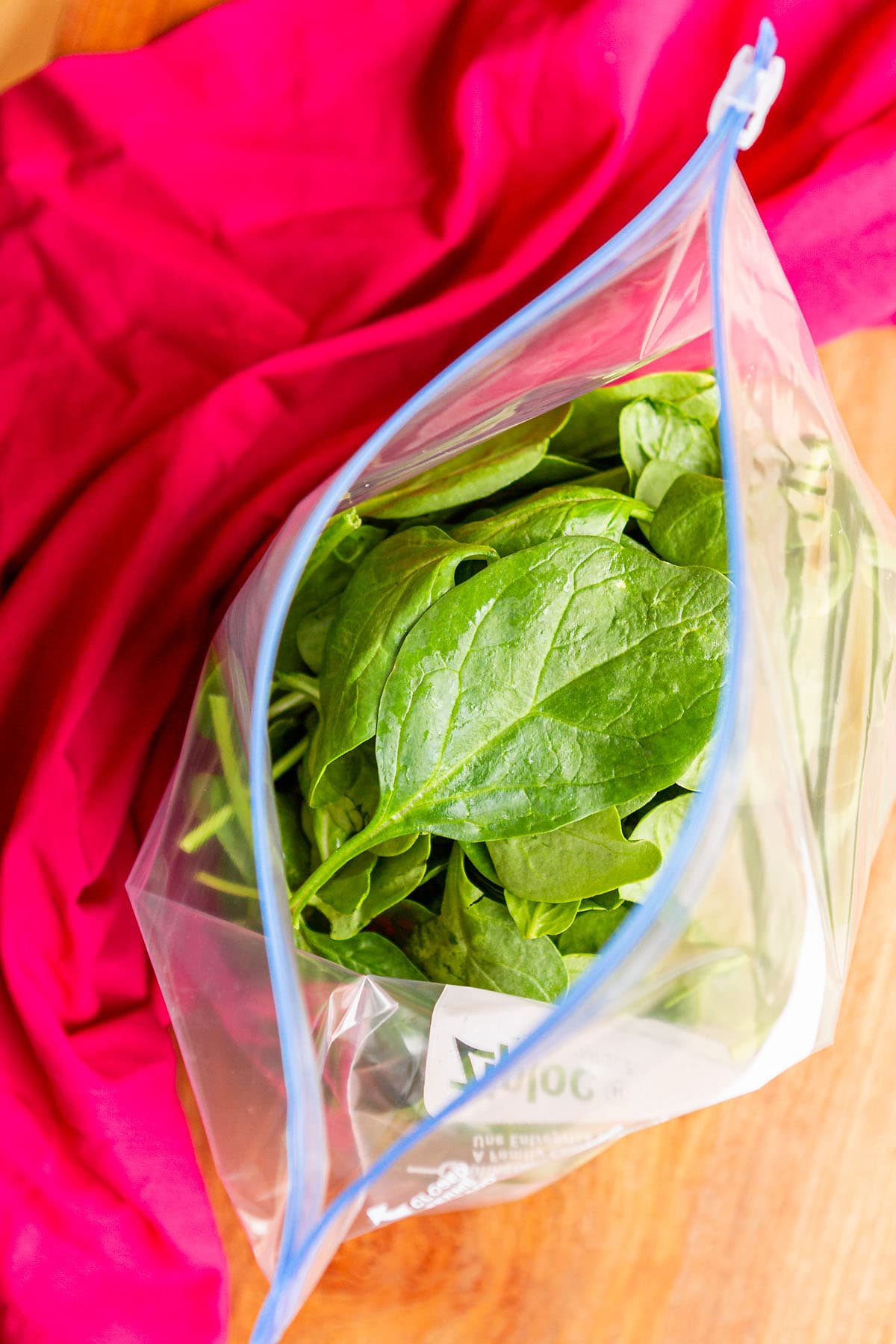
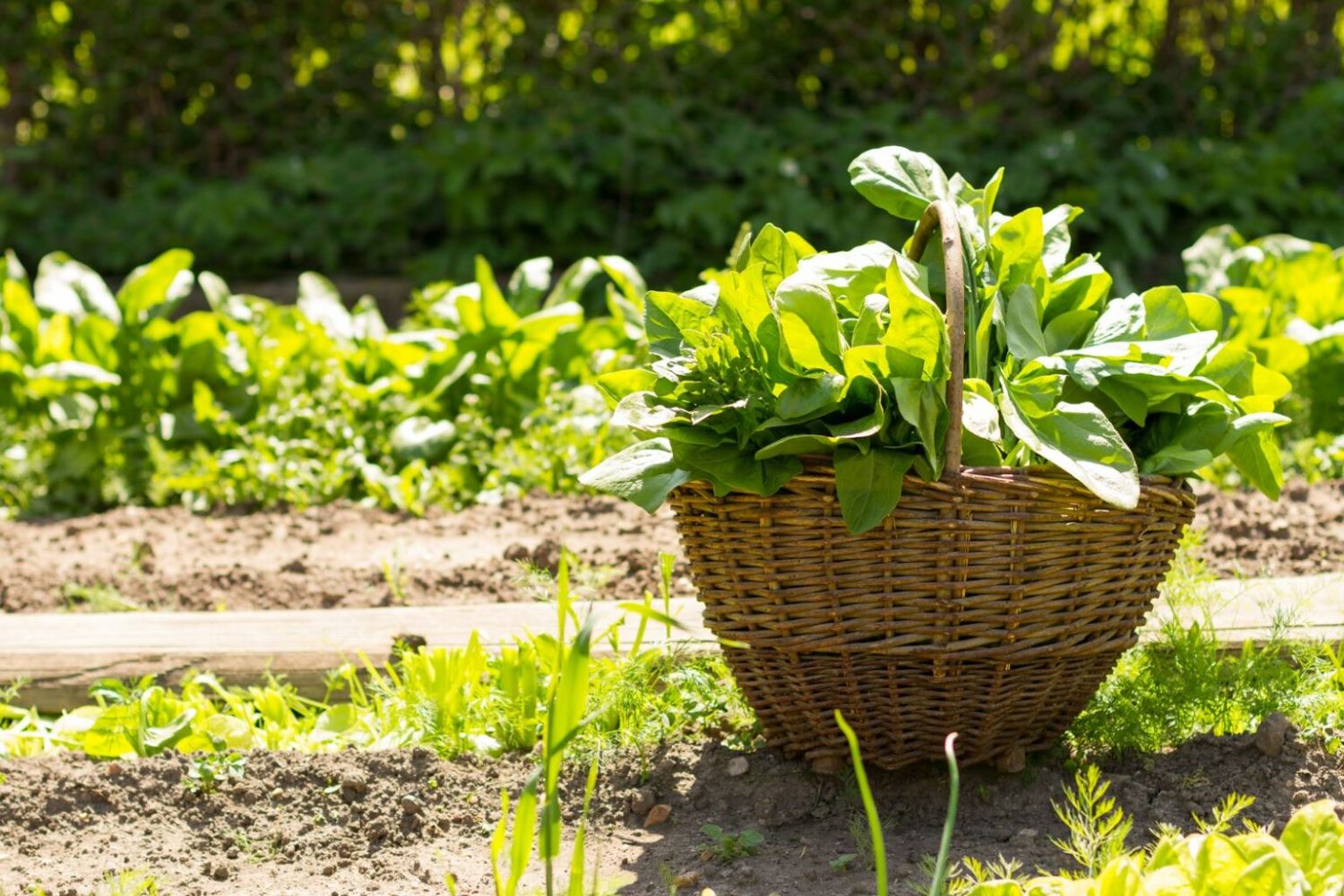


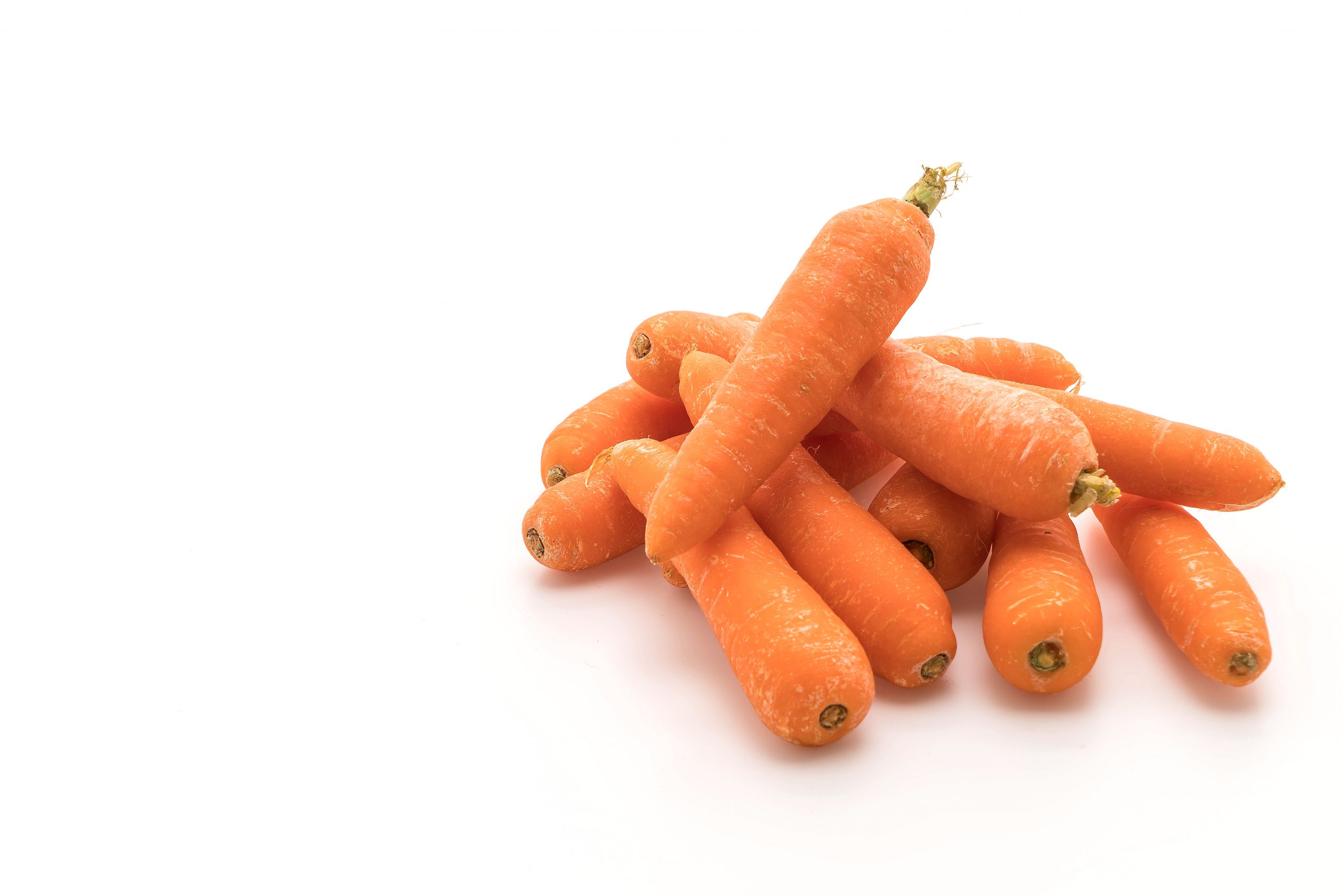
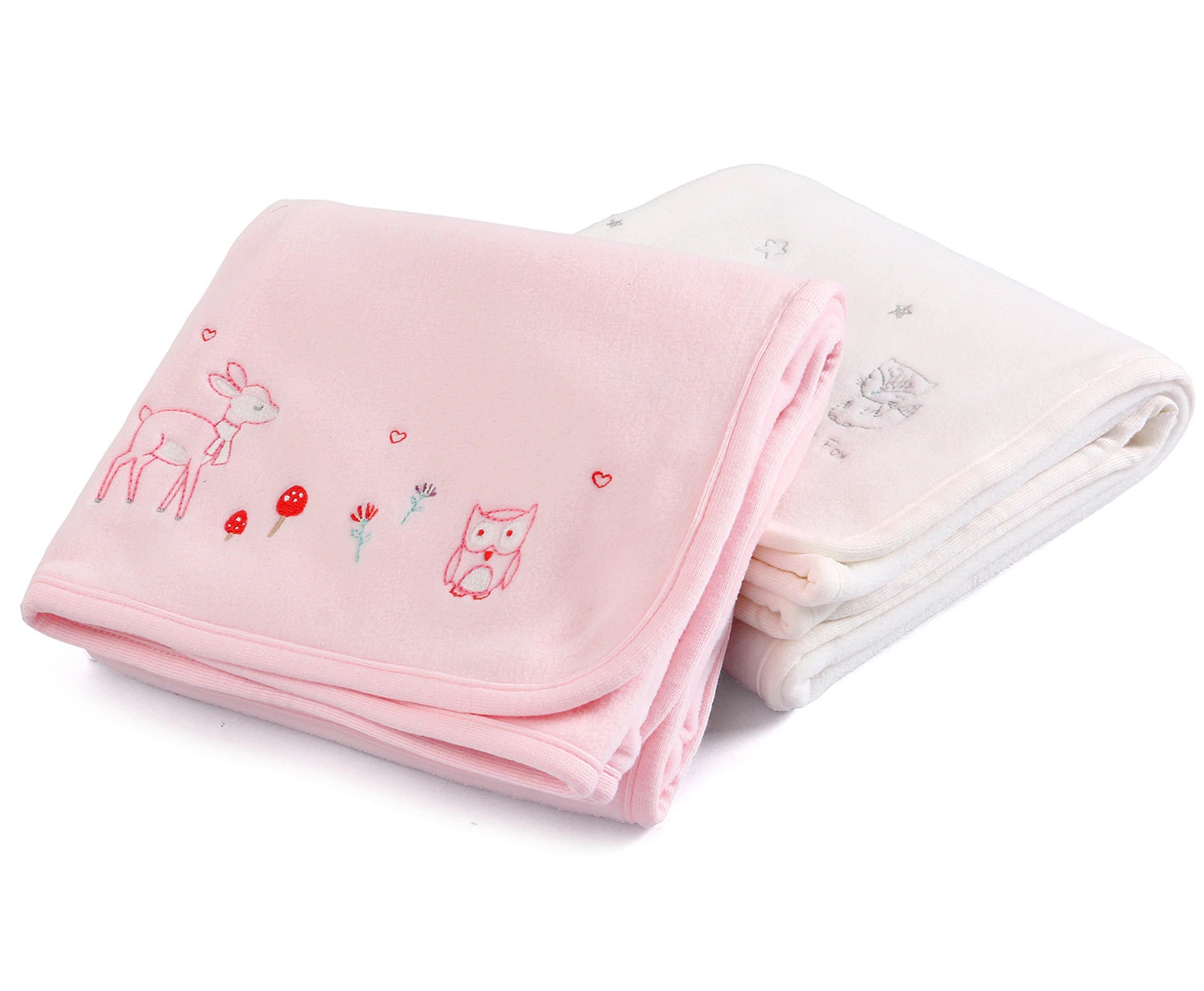
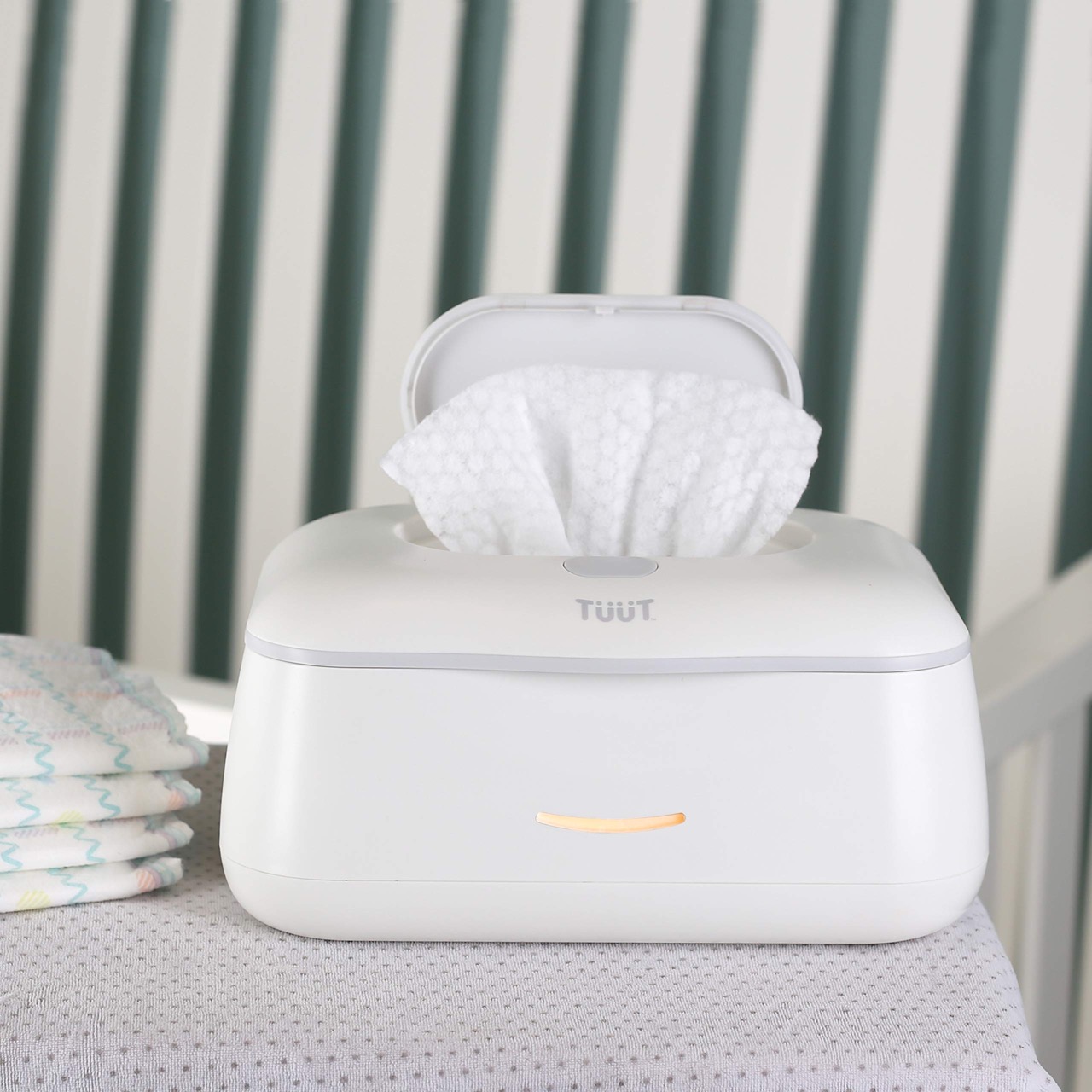

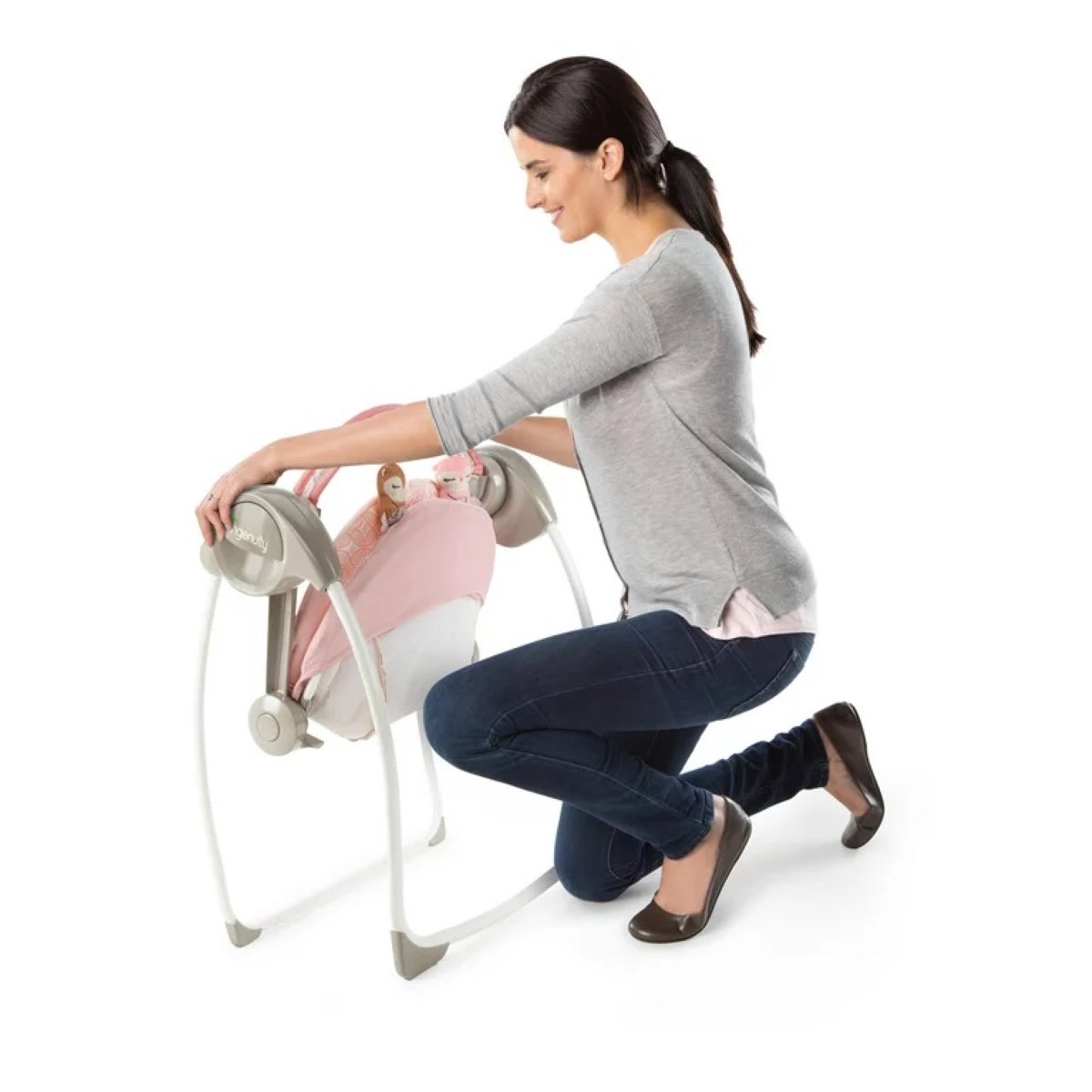

0 thoughts on “How To Store Baby Spinach”